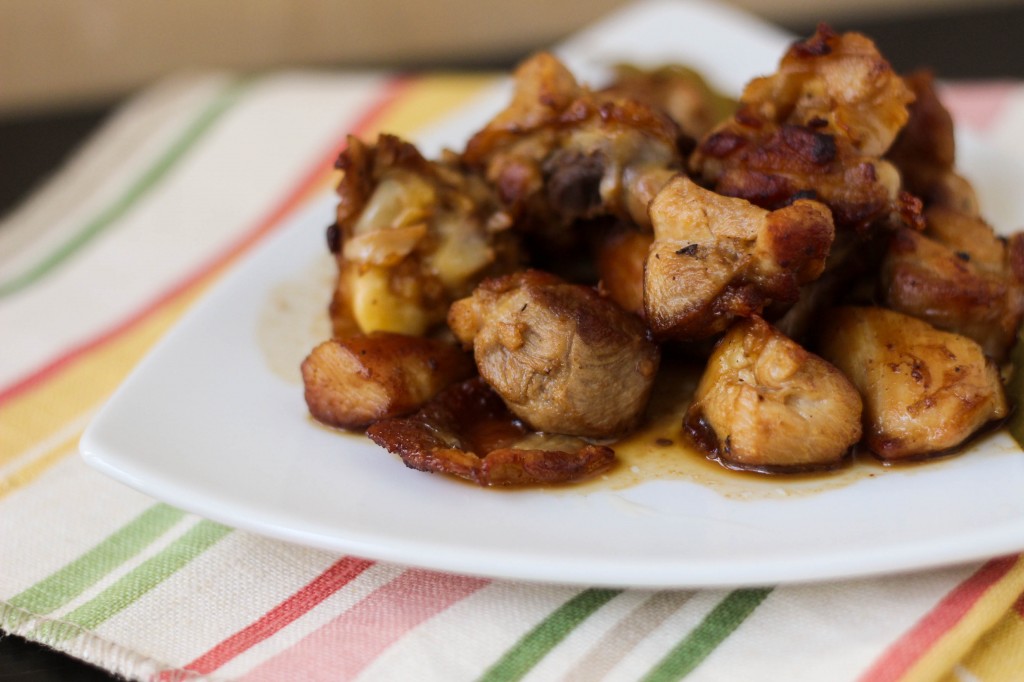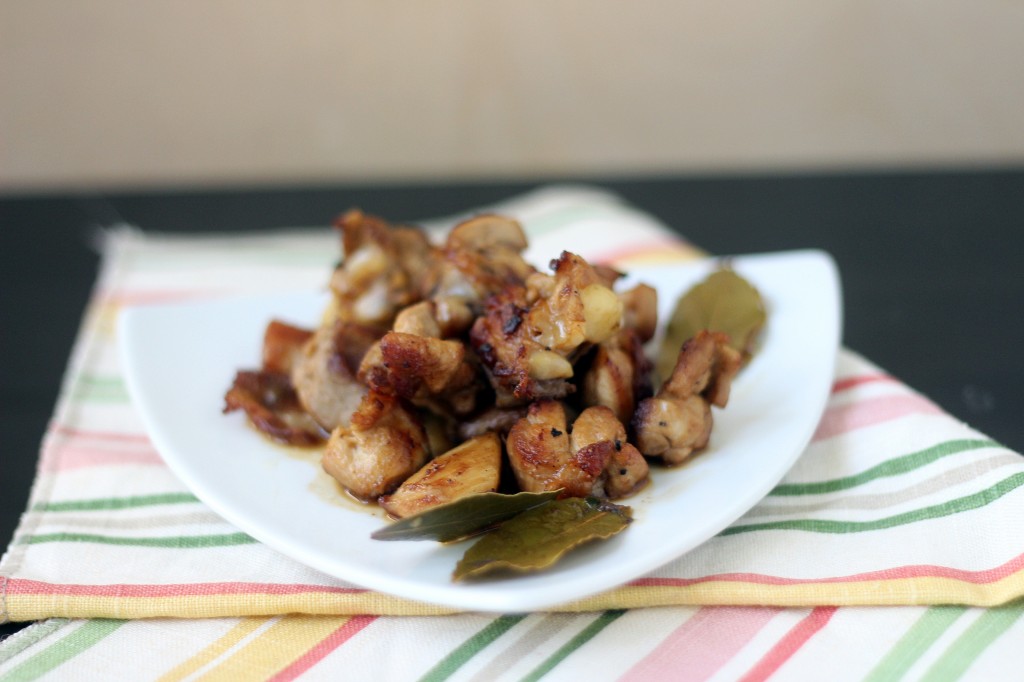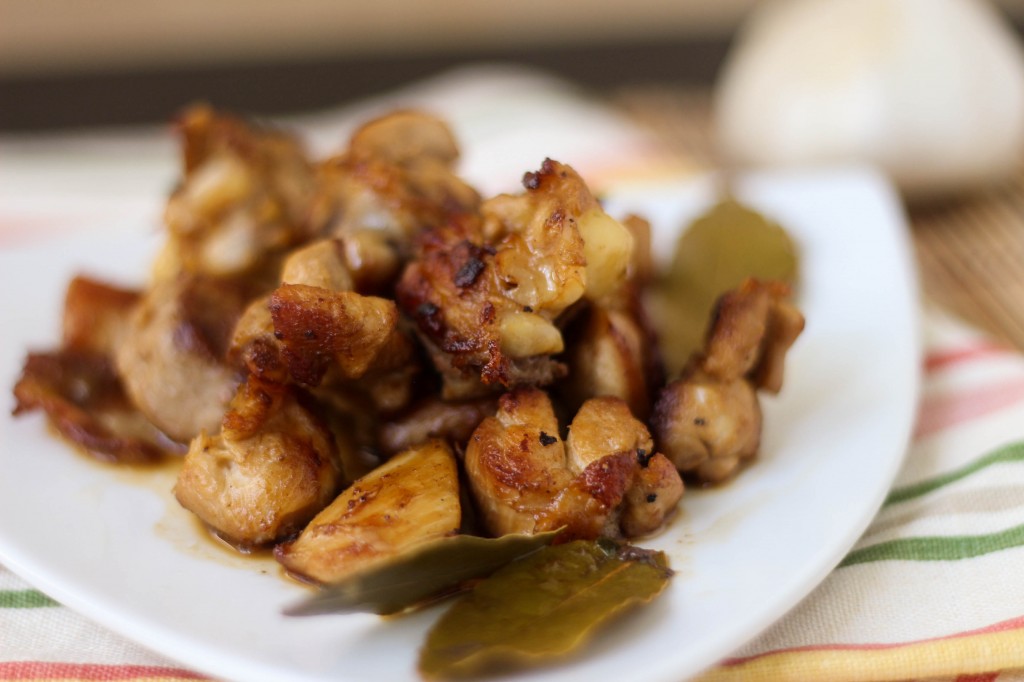
Every ethnic cuisine has at least one signature dish that exemplifies the nuances and flavor profile of its country or people. Quick–what is the first dish that comes to mind when I mention Japan? England? France? Argentina?
I’m not saying that I speak for most, but I’m sure a large amount of you thought of sushi, fish & chips, baguettes, and empanadas, respectively. And if I were to ask you about Filipino cuisine, I’m sure that most (if familiar with it) would answer lumpia or pancit (egg rolls or fried noodles, for the uninitiated). But for me, as a kid that was weened and raised on Filipino dishes, that definitive food would be adobo.
Adobo, if you’ve never had it before, is kind of tough to describe; every region in the Philippines has a version that plays fast and loose with the ingredients. Some include more sour than salt, others are more of a stew than a pan-fried preparation. The protein component varies from shrimp to fish to chicken–and so on. At the heart of every version, however, is a harmonious combination of salty soy sauce and sour vinegar–with enough garlic to satisfy any Filipino palate.

I have an emotional response to adobo: I reminisce as the aroma wafts from the wok to my nose; when close my eyes, I’m sitting on the couch while my grandmother cooks adobo for dinner. Adobo was the first Filipino food I ever cooked away from home. It was also the first food I was able to cook by taste and not by recipe. I may be expanding my culinary horizons with each new recipe I attempt or master, but adobo will always be home–the dish that will bring a mushy smile to my face upon first bite.
Because the dish is so personal for me, I never order it at restaurants–I always make adobo for myself at home. I mentioned before that adobo preparation can vastly differ from one person to the next, and so I prefer to make it using my family’s recipe. My grandmother usually mixed chicken thighs and legs with country-style pork ribs, but I prefer the ease and juicy texture of chicken thighs. The rest of the recipe is pretty bare-bones, with minimal preparation and common ingredients–but that’s what makes it so accessible.
If you’ve never given Filipino food a try before, this is a great and budget-friendly introduction. I hope that this will become a signature Filipino dish for you, just as it is for me.






